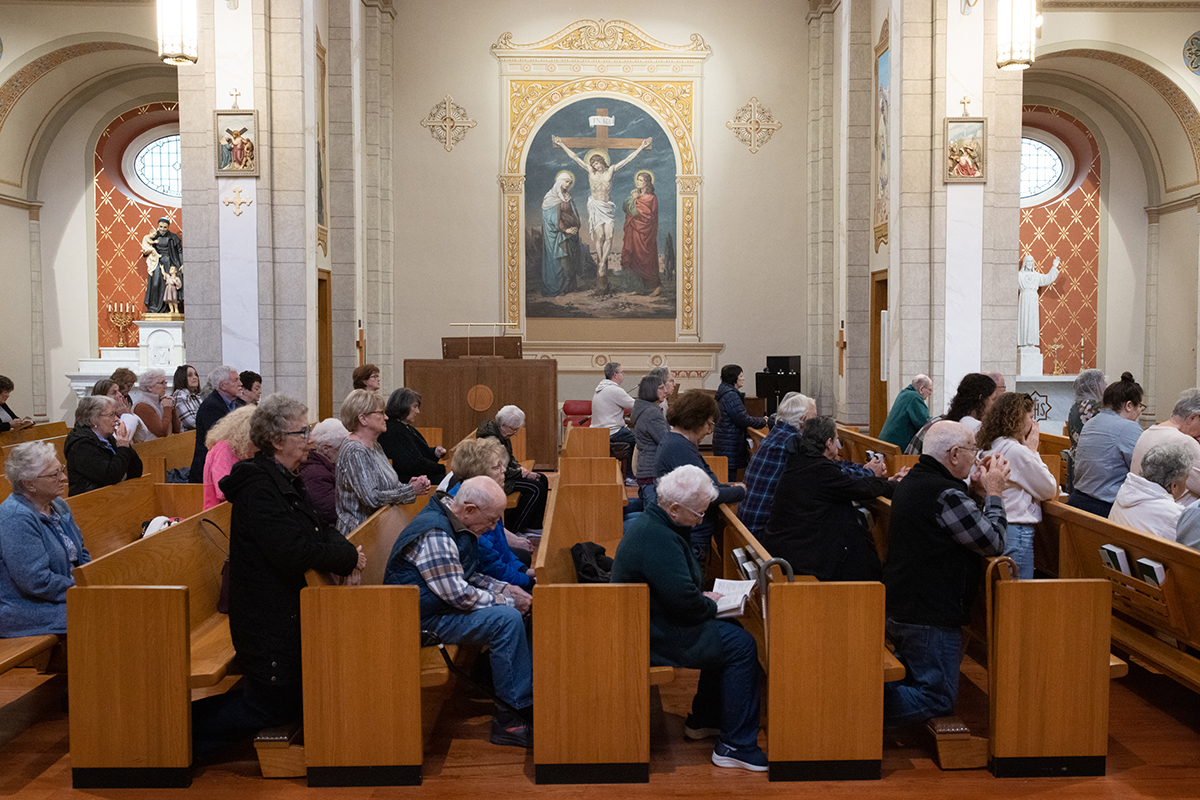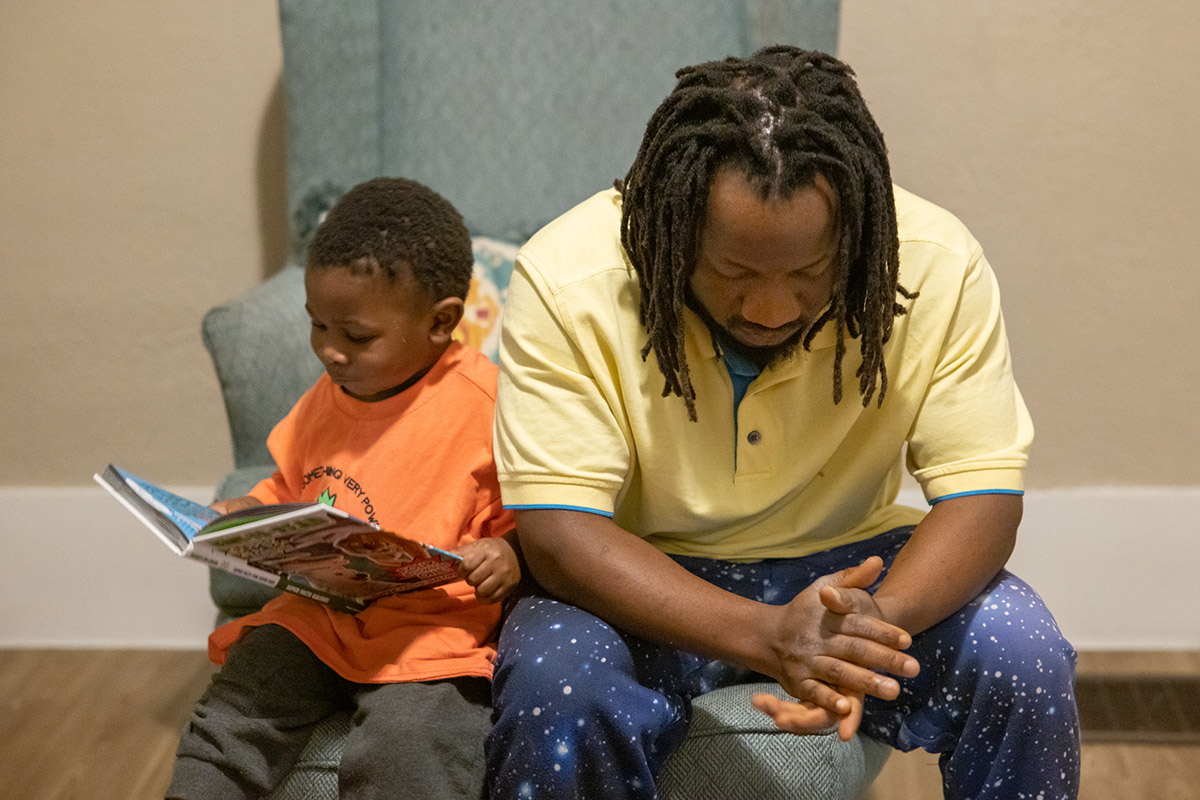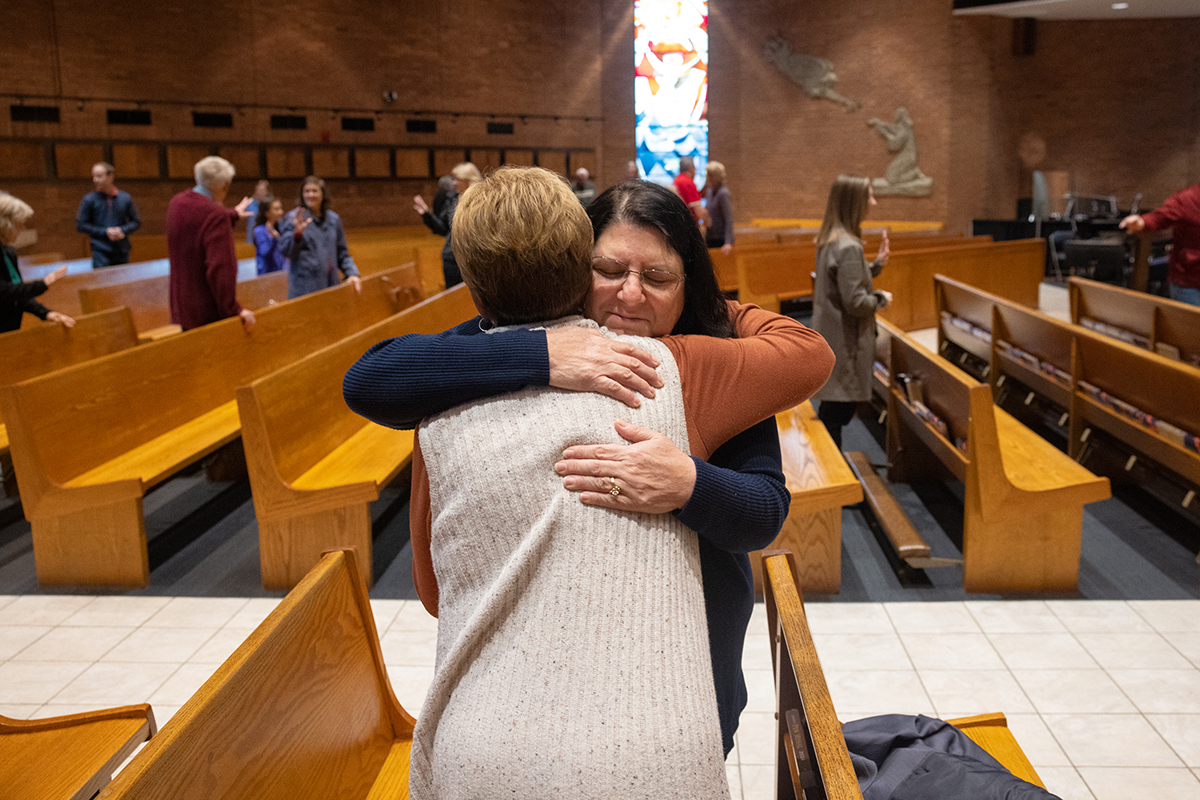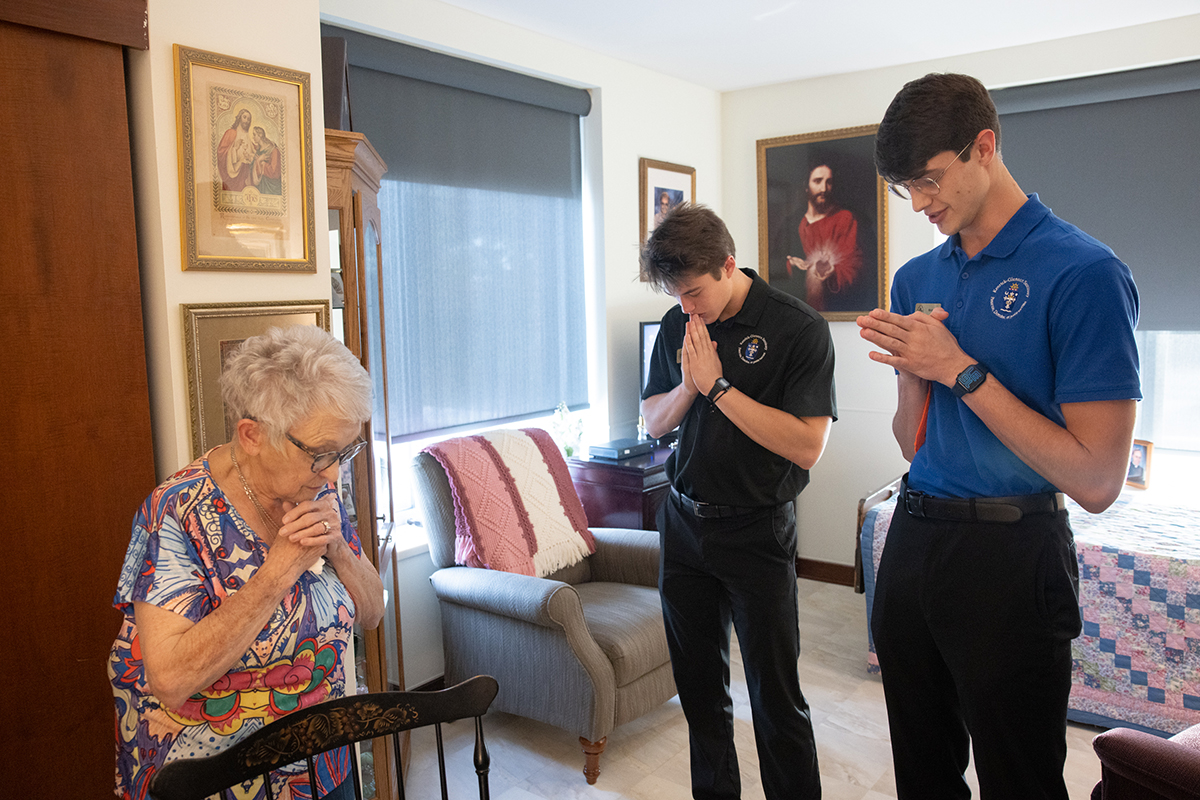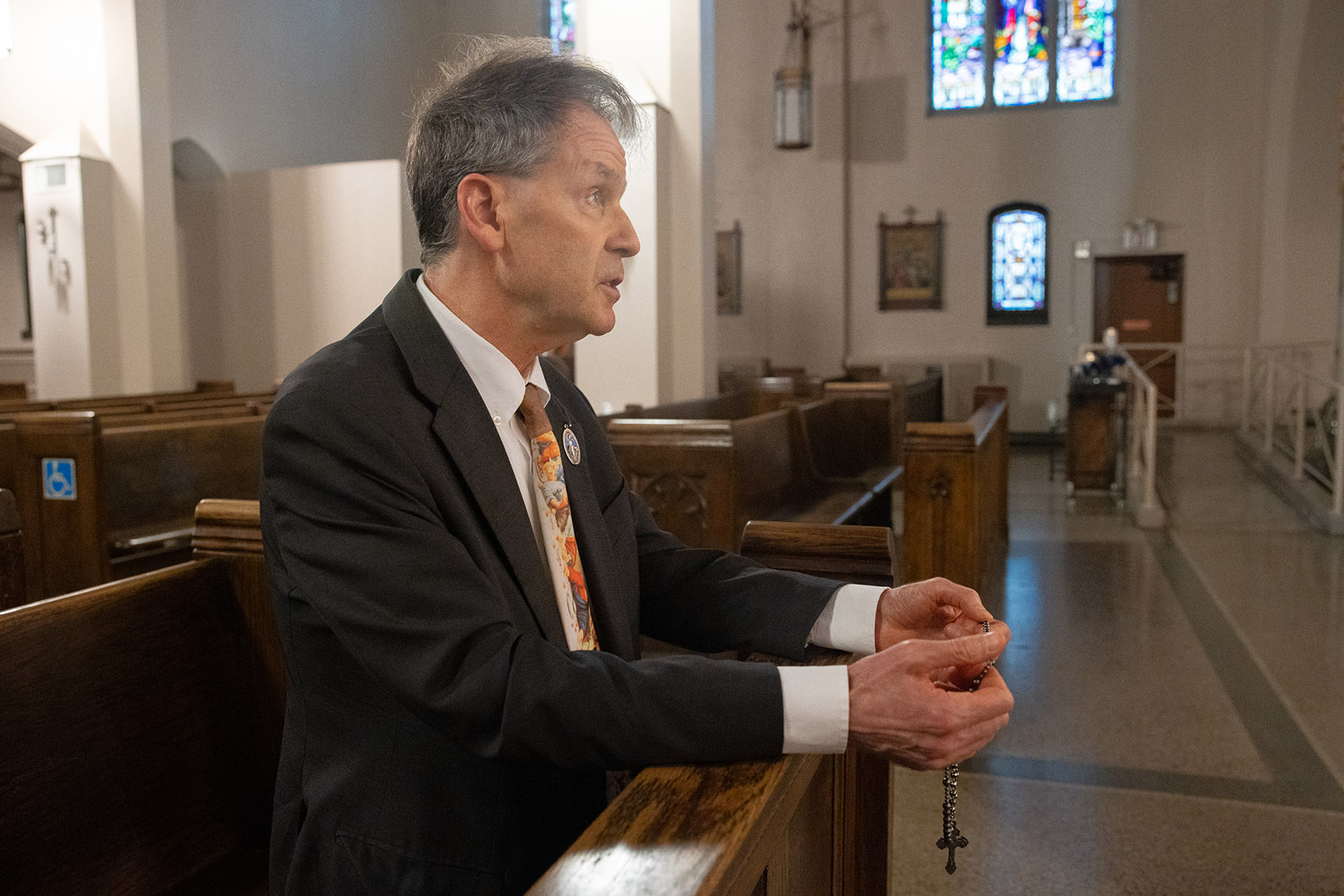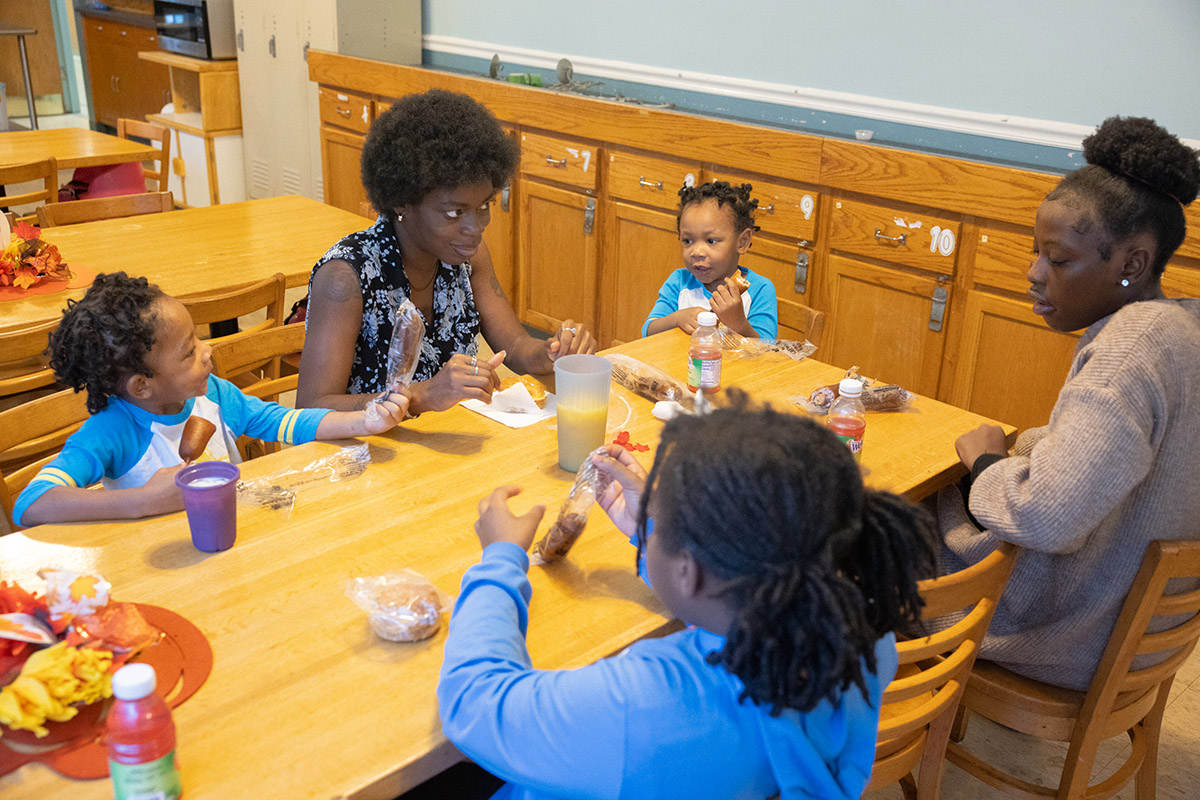Chúc mừng năm mới (Happy New Year!)
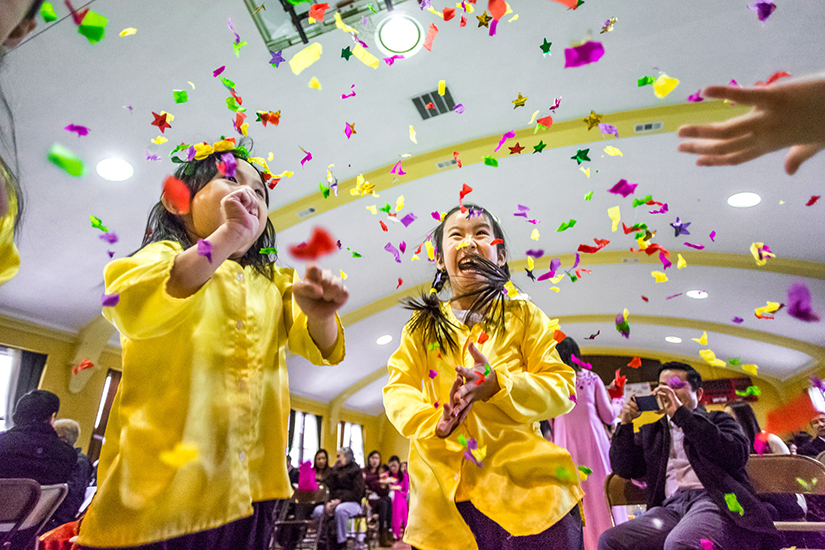
Vietnamese Catholics celebrate faith, culture at the start of a new Lunar New Year
Van Ngo doesn’t have many stories to share from Lunar New Year celebrations growing up in Vietnam. Her family was poor, and her father died when she was young. When her mother remarried, she helped care for her siblings.
For her, the Lunar New Year — a national holiday and major celebration in Vietnam and other Asian countries — wasn’t celebrated with much fanfare.
That was many moons ago, but now the Vietnamese New Year evokes a feeling of happiness for Van, because of her sense of freedom living in the United States for several decades.
Her friend Sister Mary Thuy Nguyen of the Lovers of the Holy Cross translated for her: “Even though she come here, she misses her hometown in Vietnam. But she loves it here because she has freedom to talk, and freedom to pray and freedom to work.”
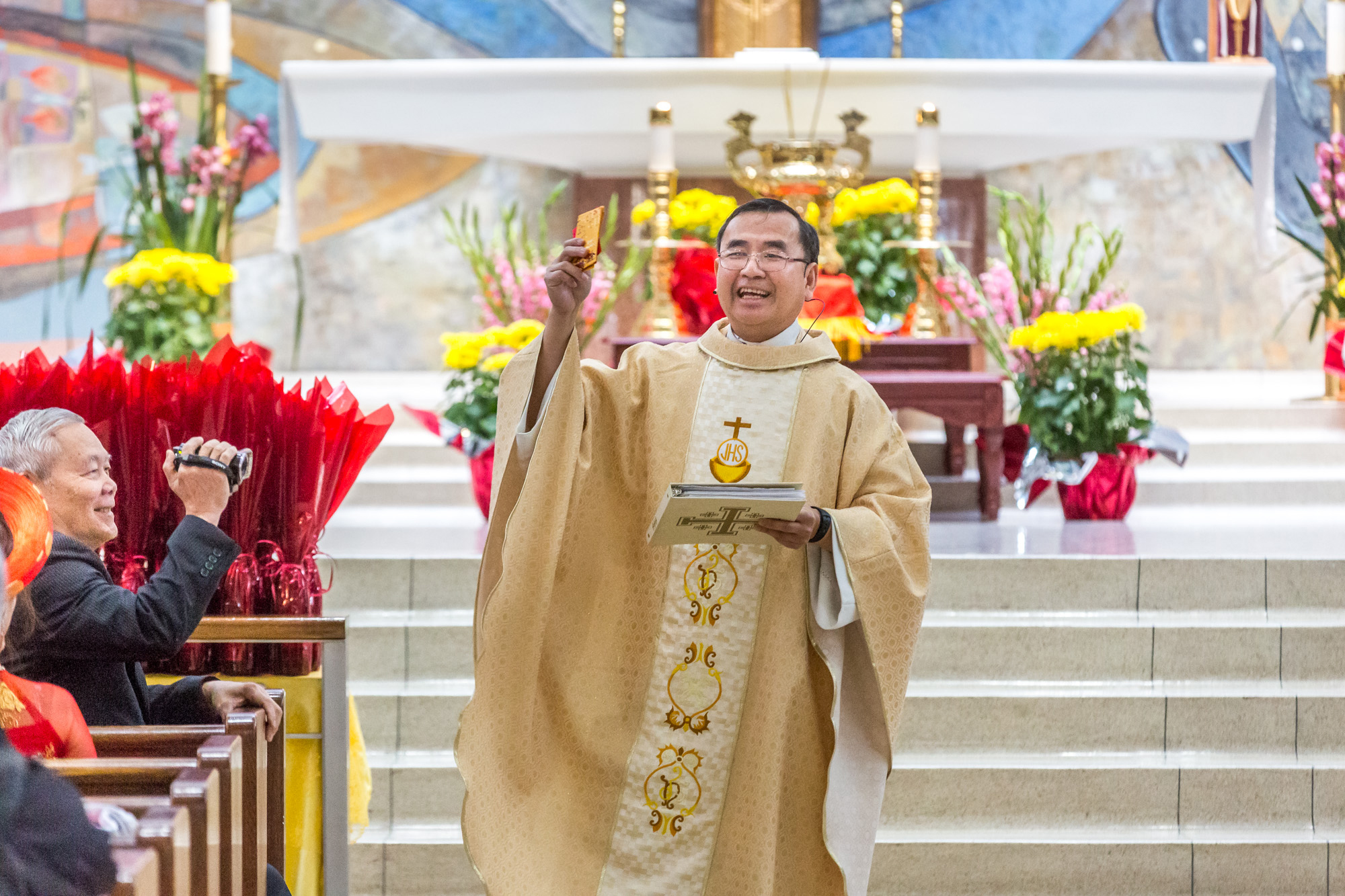
Tết, which is short for Tết Nguyên Đán, or “Feast of the First Morning of the First Day,” celebrates the arrival of spring, and is based on the Vietnamese lunisolar calendar. Although it’s a national holiday in Vietnam, each region and faith tradition has its own customs.
Van and her husband, Quy Tran, live with their adult daughter, Chi Tran, son-in-law and two granddaughters in a three-story home in south St. Louis. Chi and her family joined several hundred Vietnamese Catholics for a celebration of Tết, the Vietnamese Lunar New Year, at Resurrection Church in south St. Louis.
Because the actual New Year falls on Feb. 16 — the first Friday in Lent — the parish moved the festivities to the weekend before. They began with a Mass on Feb. 11, followed by a celebration in the parish hall with music, dragon dancing and a luncheon with traditional Vietnamese fare.
For Vietnamese Catholics, this is a time to give thanks to God for everything they’ve received in the previous year, and to pray for blessings in the new year. At the end of Mass, parishioners received paper scrolls with different Scripture messages to inspire them in the new year.
Trust in God during the challenging times was a key message Father John Luu, SVD, mentioned in the homily. Sister Mary translated: “When we trust in God’s love, we can overcome anything.”
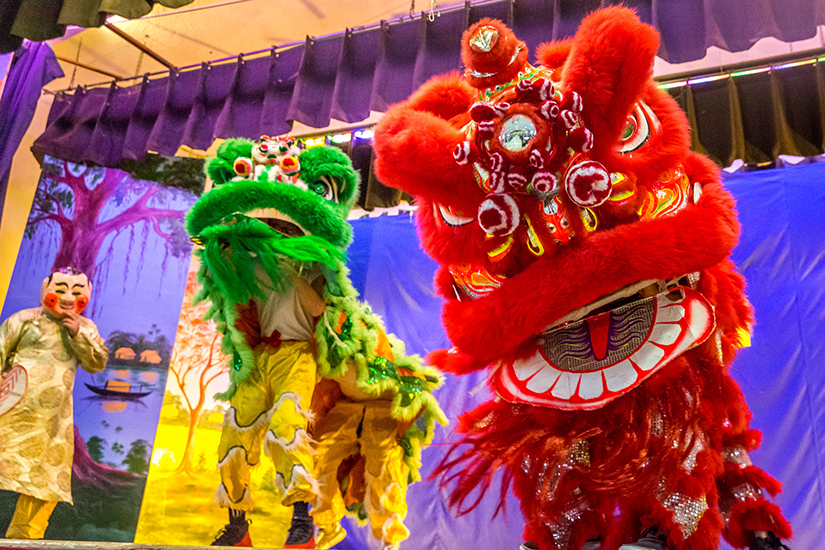
Family is another important theme. In Vietnam, people generally take off from work and school for an extended period to spend time together as a family. Families typically spend three days visiting with one another — the first day, children visit their parents; the second day, they visit with other relatives and friends; and on the third day, they visit with teachers.
Father John also noted in the homily a message of seeking forgiveness with family. Sister Mary explained that people are encouraged to leave their wrongs in the past and to start anew. “When we begin the new year, we try to make good behavior. We thank God for forgiveness, for everything.”
At home, Catholic families will decorate and erect a shrine with religious images. An offering of traditional Vietnamese treats is set out, including bánh chưng, a sticky rice cake wrapped in bamboo leaves, fruit, candied fruits and melon seeds. Adults typically give children red envelopes filled with small amounts of cash, called “lucky money,” and in turn the recipient offers a good wish for the new year.
For Chi Tran, the new year “is a new beginning for planning and working,” she said. “Everyone is happy.”
As she shared her thoughts, her friend Tri Luu passed by and offered her a lucky money envelope. “Oh lucky! Thank you,” Chi giggled.
While some cultural celebrations have become Americanized, it is still an important tradition and done out of respect for older generations, said Nick Nguyen, who came to the United States when he was 11.
Now as a father, Nguyen said he is happy to share that tradition with his young family. The Catholic connection makes it all the more important. His family will spend time reflecting on the Scripture message they received. “The one I got said something like, ‘Jesus said if you ask in My name, I will give to you.'”

Sister Gwen Do of the Congregation of Mary, Queen of the World, another community of Vietnamese women religious who minister in St. Louis, said, “what brings the greatest joy is the ability to bring a community together in celebration of the culture, of the heritage, of every aspect of being part of the Vietnamese community.”
Vietnamese Lunar New Year (Tết)
New Year scripture message: Vietnamese Catholics traditionally receive a paper scroll with a Scripture message to reflect upon in the new year. Sometimes families display the Scripture passage on the family shrine as a reminder.
Dragon or lion dancing: New year celebrations often include the traditional dragon dancing. It’s said to bring good luck. There are several variations of dragon or lion dancing in Asian culture, including the múa lân; a lan is a cross between lion and dragon and a symbol of strength that scared away evil spirits.
Bàn thờ: This is a family shrine erected in the home during during Tết. Typically a Catholic family will include statues, images and other symbols of the faith, candles, incense, and food items, such as bánh chưng (sticky rice cake), fruit, candied fruits and melon seeds.
Bánh chưng: Also known as sticky rice cake, this is a traditional Vietnamese rice cake made from gelatinous rice, mung beans and pork. It is wrapped in green bamboo or banana leaves in a square shape.
Lucky money: Red envelopes with small amounts of cash are typically given by the elders to young children, in exchange for good wishes for the new year.
Resurrection Parish
Founded in 1930, Resurrection has served the Vietnamese Catholic community in the archdiocese since 2005. Previously, the community was centered at the now closed St. Thomas of Aquin Church. In 2012, Resurrection welcomed the Lovers of the Holy Cross, a community of women religious from Phat Diem, Vietnam.
For more than 250 years, the Church in Vietnam has experienced suffering in many ways, from a Communist-led government to times of war. The Catholic population there is only about 7 percent; the country primarily practices Buddhism.
Van Ngo doesn’t have many stories to share from Lunar New Year celebrations growing up in Vietnam. Her family was poor, and her father died when she was young. When … Chúc mừng năm mới (Happy New Year!)
Subscribe to Read All St. Louis Review Stories
All readers receive 5 stories to read free per month. After that, readers will need to be logged in.
If you are currently receive the St. Louis Review at your home or office, please send your name and address (and subscriber id if you know it) to subscriptions@stlouisreview.com to get your login information.
If you are not currently a subscriber to the St. Louis Review, please contact subscriptions@stlouisreview.com for information on how to subscribe.

